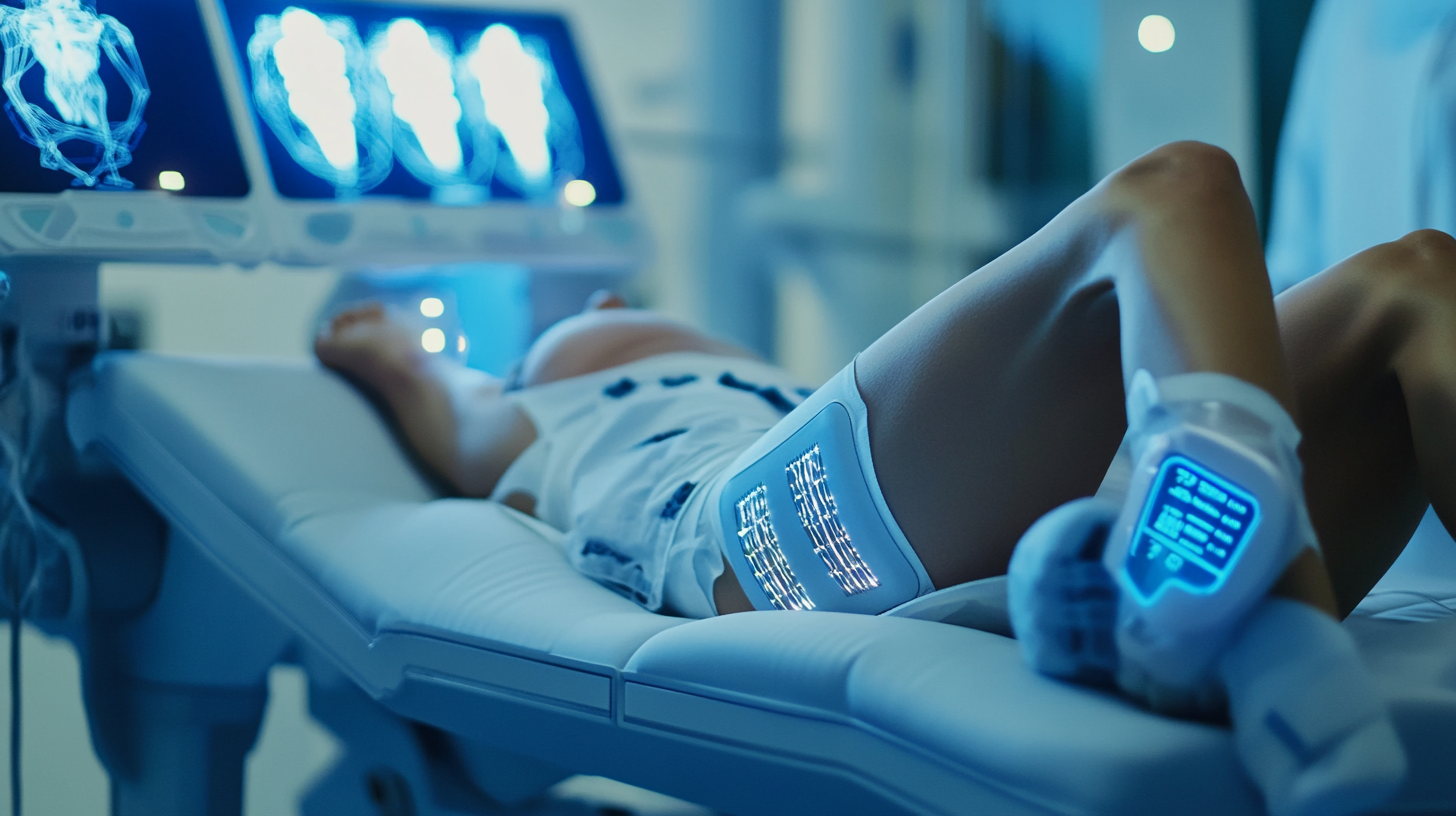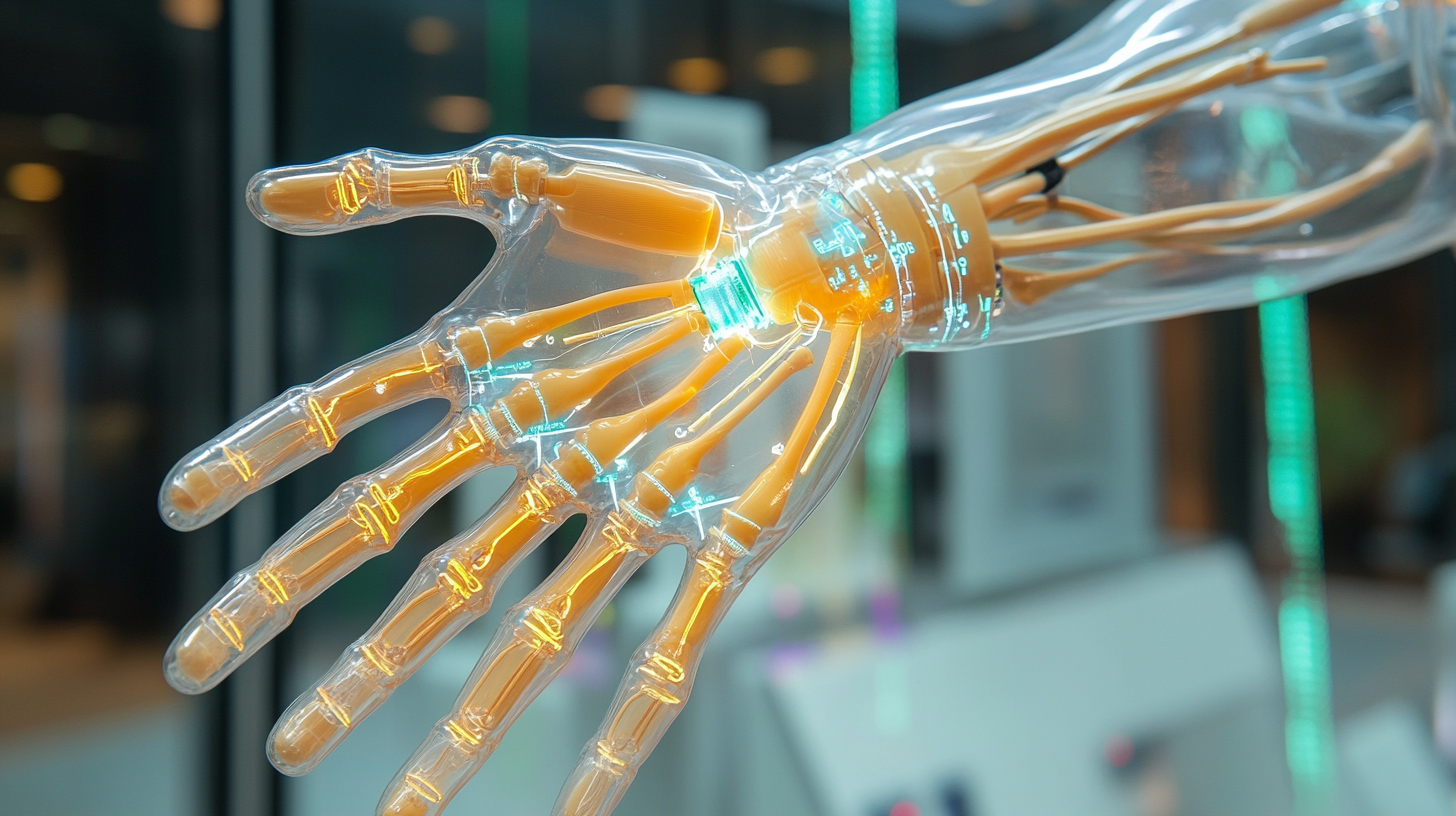In the ever-evolving landscape of healthcare technology, understanding the nuances of orthopaedic electrical stimulation devices is crucial for global buyers looking to enhance patient outcomes. These innovative devices play a vital role in the rehabilitation and recovery processes for individuals with musculoskeletal injuries, fractures, and post-operative conditions. As the demand for effective treatment modalities continues to grow, it is essential for buyers to navigate the complexities of selecting the most suitable orthopaedic electrical stimulation device that aligns with both clinical needs and economic considerations.
As healthcare systems worldwide adopt advanced technologies to improve patient care, the selection of the right orthopaedic electrical stimulation device can be a daunting challenge. Factors such as device efficacy, safety standards, regulatory compliance, and potential for reimbursement must all be carefully evaluated. This blog aims to provide essential insights into the key aspects that global buyers should consider when venturing into the market for orthopaedic electrical stimulation devices, ensuring informed decisions that ultimately lead to enhanced therapeutic interventions and improved patient outcomes.

Orthopaedic electrical stimulation devices have emerged as crucial tools in the rehabilitation of musculoskeletal injuries. With the global market for electrical stimulation devices projected to reach approximately $3.7 billion by 2025, understanding the underlying concepts is essential for informed purchasing decisions. The increasing prevalence of sports-related injuries and the rising geriatric population are key factors driving this growth, emphasizing the need for effective treatment modalities. Buyers should be familiar with the various types of orthopaedic electrical stimulation, including functional electrical stimulation (FES) and transcutaneous electrical nerve stimulation (TENS), each serving different therapeutic purposes. According to a recent report by Research and Markets, the use of these devices can enhance recovery times and improve overall patient outcomes, with studies indicating that patients utilizing electrical stimulation can experience up to 30% faster healing compared to traditional rehabilitation methods. Moreover, understanding the device specifications is paramount. Key features such as frequency, waveforms, and treatment protocols can significantly influence the efficacy of the device. Manufacturers, such as BTL Industries and Omron Healthcare, provide detailed research supporting the varied effectiveness of their devices against specific conditions, highlighting the importance of aligning device capabilities with patient needs. The integration of these technologies within treatment plans not only maximizes benefits but also helps healthcare providers stay ahead in a competitive market while delivering superior patient care.

When it comes to orthopaedic care, electrical stimulation devices have revolutionized the rehabilitation process, offering a non-invasive method for pain relief and tissue healing. There are several types of orthopaedic electrical stimulation devices available, each designed to cater to specific medical needs and applications. These devices can be broadly categorized into three main types: functional electrical stimulation (FES), transcutaneous electrical nerve stimulation (TENS), and bone growth stimulators.
Functional electrical stimulation (FES) is primarily used to restore function in patients with neuromuscular conditions. According to a recent industry report by Grand View Research, the functional electrical stimulation market was valued at approximately $1.3 billion in 2020 and is expected to grow at a compound annual growth rate (CAGR) of 10.2% through 2027. This technology allows the activation of muscles through electrical impulses, aiding in mobility and rehabilitation.
On the other hand, transcutaneous electrical nerve stimulation (TENS) devices are widely recognized for their ability to manage pain effectively. They work by sending low-voltage electrical impulses through the skin, which can help block pain signals to the brain. A study published in the Journal of Pain Research highlighted that TENS therapy could reduce pain by up to 50% in patients with chronic conditions.
Lastly, bone growth stimulators are specifically designed to promote the healing of fractures and spinal fusions. These devices utilize pulsed electromagnetic fields (PEMF) or capacitive coupling to stimulate cellular activity and enhance bone regeneration. According to a report from Market Research Future, the global bone growth stimulation market is projected to reach $2.3 billion by 2025, driven by increasing incidences of orthopedic injuries and the growing adoption of these devices in clinical practices.
Understanding the nuances of these orthopaedic electrical stimulation devices is crucial for global buyers looking to make informed purchasing decisions in a rapidly evolving market. Each device type serves a unique purpose, contributing significantly to improved patient outcomes and rehabilitation processes.

Evaluating the effectiveness of orthopaedic electrical stimulation devices is crucial for global buyers seeking reliable solutions in the medical field. As the demand for these devices grows, so too does the need for comprehensive performance assessments. Recent advancements in technology, such as the integration of artificial intelligence and machine learning, can significantly enhance the evaluation process. For instance, the application of AI in assessing laparoscopic training simulators highlights its potential in providing more objective and automated evaluations, a feature that could be instrumental in evaluating orthopaedic devices as well.
Medical reports indicate that the global market for electrical stimulation devices is expected to reach USD 1.5 billion by 2025, reflecting a compound annual growth rate (CAGR) of over 5.8% from 2020. This growth underscores the necessity for establishing standardized evaluation metrics that not only measure effectiveness but also ensure compliance with regulatory standards. By leveraging data-driven approaches, such as principal component analysis, manufacturers can simplify the evaluation processes associated with these devices, identifying key performance indicators while maintaining accuracy.
Another important consideration is the variability in device performance across different patient populations, which often complicates efficacy assessments. Real-world evidence suggests that outcomes can differ significantly based on factors like the specific condition being treated and patient demographics. Therefore, a robust assessment methodology that incorporates diverse clinical scenarios can provide deeper insights into each device’s performance and guide global buyers in making informed purchasing decisions. Employing a multifaceted evaluation approach will not only enhance the reliability of orthopaedic electrical stimulation devices but also align them closely with the needs of the healthcare market.

Navigating the labyrinth of compliance and regulatory standards is crucial for global buyers of orthopaedic electrical stimulation devices. Given the intricate and diverse regulations across various markets, understanding the nuances of each region's requirements is imperative for successful market entry and product acceptance. For instance, in the United States, the FDA classifies these devices and mandates a rigorous premarket approval process. Buyers must ensure that their products meet safety and efficacy standards outlined by the agency, which often involves submitting comprehensive clinical data and undergoing inspections.
In Europe, the introduction of the Medical Device Regulation (MDR) has transformed the regulatory landscape, emphasizing rigorous assessment and post-market surveillance. The CE marking process requires a thorough evaluation by designated notified bodies, which can be daunting for newcomers. Buyers must familiarize themselves with both the Essential Requirements laid out in the MDR and the relevant harmonized standards to ensure compliance.
Aside from legal considerations, understanding the cultural and operational intricacies of different countries can also impact compliance. For example, some regions may have specific labeling requirements or necessitate local representations in the market. Engaging with knowledgeable local partners or regulatory experts can prove invaluable in navigating these complexities effectively, ultimately leading to a smoother pathway for importing and selling orthopaedic electrical stimulation devices.
When selecting an orthopaedic electrical stimulation device, understanding the specific needs of your condition is crucial. Each type of device offers different features and benefits tailored to particular orthopaedic issues. For instance, if you're dealing with post-surgical recovery or bone healing, focusing on bone growth stimulators would be beneficial. These devices use pulsed electromagnetic fields or electrical currents to promote osseous repair, thereby speeding up rehabilitation.
Moreover, if you're facing chronic pain or muscle atrophy, neuromuscular electrical stimulation (NMES) devices might be the right choice. NMES not only alleviates pain but also helps strengthen muscles by inducing contractions, thus improving functionality over time. It's essential to evaluate the intensity levels, pulse durations, and treatment frequencies that each device offers to ensure they align with your therapeutic goals.
Patient comfort and usability should also play a significant role in your decision-making process. Devices that are lightweight, portable, and easy to operate can enhance compliance and lead to better treatment outcomes. Always consult healthcare professionals or physiotherapists to gather insights and make an informed choice tailored to your specific orthopaedic condition.
*The content on this website is for general informational purposes only and should not be taken as medical advice. Please contact your physician or therapist to learn what therapy solution is suitable for your specific needs. Not all products, features, or indications shown are approved in all countries.